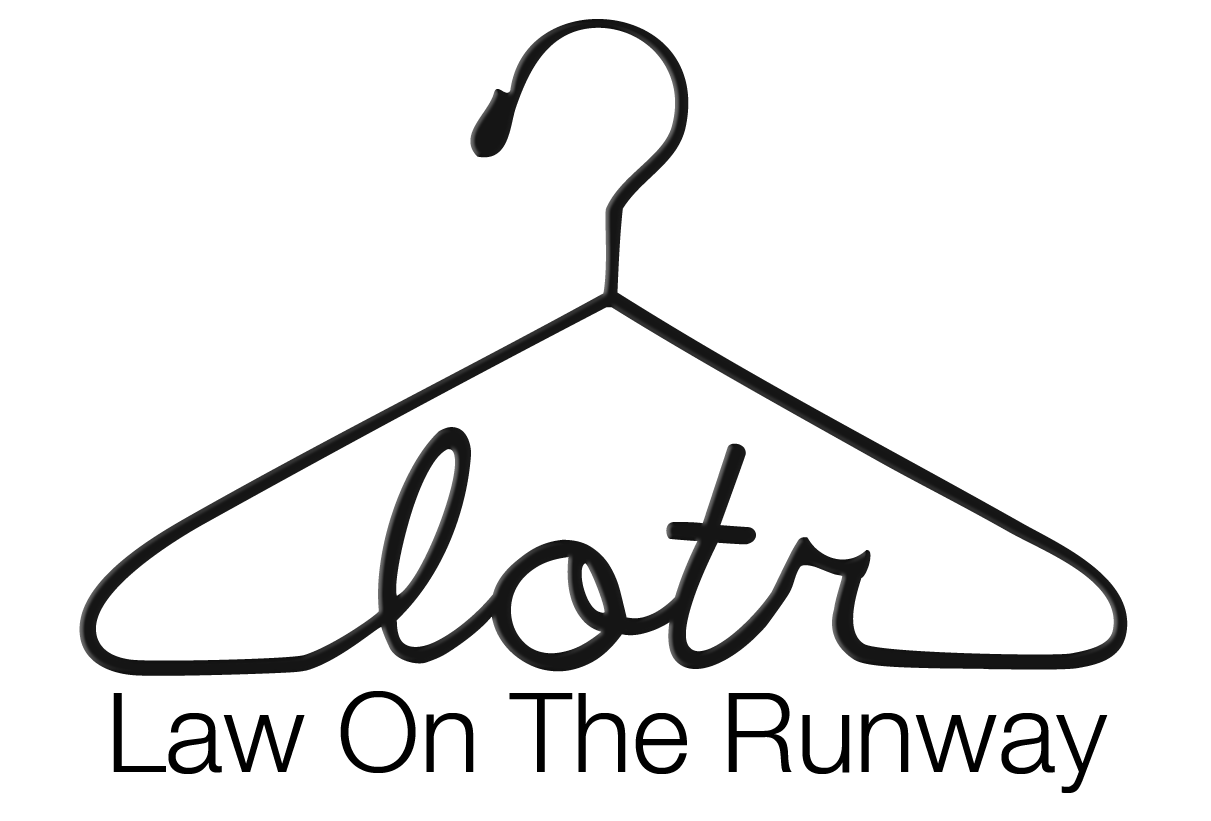Top 3 Legal Concerns of Upcycle Fashion Labeling

Paying For Services In Equity, Not Paychecks
September 12, 2016
4 Resources for Making Eco-Fashion Materials & Manufacturing Choices
September 12, 2016Upcycling fashion companies often have the same questions regarding how to label the garments they are creating, especially when those garments are altered versions of previous garments. Below are the top three questions asked and a little information to help navigate trademark laws and Federal Trade Commission (FTC) rules. Like all blog posts from Law On The Runway, this is just for general information not legal advice. For a full analysis on how you should label your upcycle apparel, please speak to an attorney.
1. Accurate Labeling of Fiber Content
When combining several materials together (particularly materials not typically used for clothing), or using vintage fabrics, it can be difficult to accurately label the fiber content of the clothing.
The Federal has created an exception to labeling, if you truly cannot determine the type of fiber, you are allowed to label to the content as unknown. These are examples from the FTC of allowed labeling disclosures for garments with unknown fibers.
Made of clippings of unknown fiber content
100% unknown fibers — rags
All undetermined fibers — textile by-products
100% miscellaneous pieces of undetermined fiber content
Secondhand materials — fiber content unknown
25% Unknown fiber content
25% Unknown Reclaimed Fibers
40% Unknown fibers — scraps
This exception should only be used if it is truly impractical (from an industry standard perspective) to determine the type of fiber.
For designers who are just getting started, doing “burn tests” of fabric swatches are an inexpensive and useful way to determine the type of fiber within the fabric. For a burn test, you’ll need enough fabric to place the fabric to a flame and to inspect the ashes. The smell of the fabric during the burn test is extremely important for determining the fiber, so do a burn test in a odor free environment. Threads Magazine has a helpful chart for burn tests.
2. Use or Marketing of 3rd Party Trademark Brands
Sometimes, upcycle fashion brands try to leverage the origins of the fibers or fabrics. For example, an upcycle designer may want to sell a vintage Chanel handbag with a new fabric liner and a chain shoulder strap. Because of the reputation of Chanel, an upcycle designer might want to promote the handbag as “Chanel.” However, the designer must be careful to fully explain and disclose how the bag has been altered, and market it as an altered Chanel bag. This explanation must be noticeable and easy to understand. You cannot deceive consumers into thinking that the bag is simply vintage, an explanation of changes to the bag must be clear and easy to find. Additionally, while the product description can identify Chanel as the source of parts of the handbag, the bag cannot be promoted as “Chanel,” without the inclusion of its alterations. You must prevent consumers from being initially confused about origins and construction status of the bag.
3. Adding New Branding Label to an Altered Garment
Unlike the example above, sometimes upcycle fashion designers want to be known for their own brand, erasing the origin of the product. The FTC considers removing the labels of the former retailer or manufacturer legal, so long as you replace the label with your own company name and RN (registration number). You must also keep a record of the original labeling and the company name from which it was purchased from for at least 3 years. Note, that this practice still needs to be sensitive to any trademarks found on the fabrics. These trademarks may signify another designer or company as the origin of the products, and confuse buyers or infringe on the rights of the trademark owner.
This blog is meant to help you get started on your labeling research. For more information, Law On The Runway recommends visiting the FTC website directly or speaking with an attorney. If you have questions regarding this post, please contact Rachel at Rachel@lawontherunway.com

